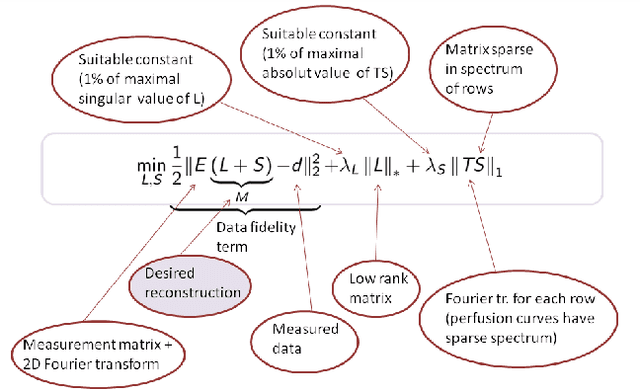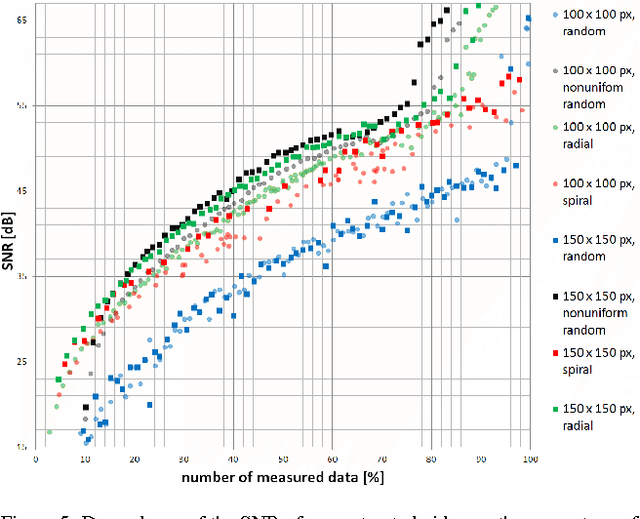P. Frossard
Proceedings of the second "international Traveling Workshop on Interactions between Sparse models and Technology" (iTWIST'14)
Oct 09, 2014



Abstract:The implicit objective of the biennial "international - Traveling Workshop on Interactions between Sparse models and Technology" (iTWIST) is to foster collaboration between international scientific teams by disseminating ideas through both specific oral/poster presentations and free discussions. For its second edition, the iTWIST workshop took place in the medieval and picturesque town of Namur in Belgium, from Wednesday August 27th till Friday August 29th, 2014. The workshop was conveniently located in "The Arsenal" building within walking distance of both hotels and town center. iTWIST'14 has gathered about 70 international participants and has featured 9 invited talks, 10 oral presentations, and 14 posters on the following themes, all related to the theory, application and generalization of the "sparsity paradigm": Sparsity-driven data sensing and processing; Union of low dimensional subspaces; Beyond linear and convex inverse problem; Matrix/manifold/graph sensing/processing; Blind inverse problems and dictionary learning; Sparsity and computational neuroscience; Information theory, geometry and randomness; Complexity/accuracy tradeoffs in numerical methods; Sparsity? What's next?; Sparse machine learning and inference.
3D Face Recognition with Sparse Spherical Representations
Oct 29, 2008



Abstract:This paper addresses the problem of 3D face recognition using simultaneous sparse approximations on the sphere. The 3D face point clouds are first aligned with a novel and fully automated registration process. They are then represented as signals on the 2D sphere in order to preserve depth and geometry information. Next, we implement a dimensionality reduction process with simultaneous sparse approximations and subspace projection. It permits to represent each 3D face by only a few spherical functions that are able to capture the salient facial characteristics, and hence to preserve the discriminant facial information. We eventually perform recognition by effective matching in the reduced space, where Linear Discriminant Analysis can be further activated for improved recognition performance. The 3D face recognition algorithm is evaluated on the FRGC v.1.0 data set, where it is shown to outperform classical state-of-the-art solutions that work with depth images.
 Add to Chrome
Add to Chrome Add to Firefox
Add to Firefox Add to Edge
Add to Edge